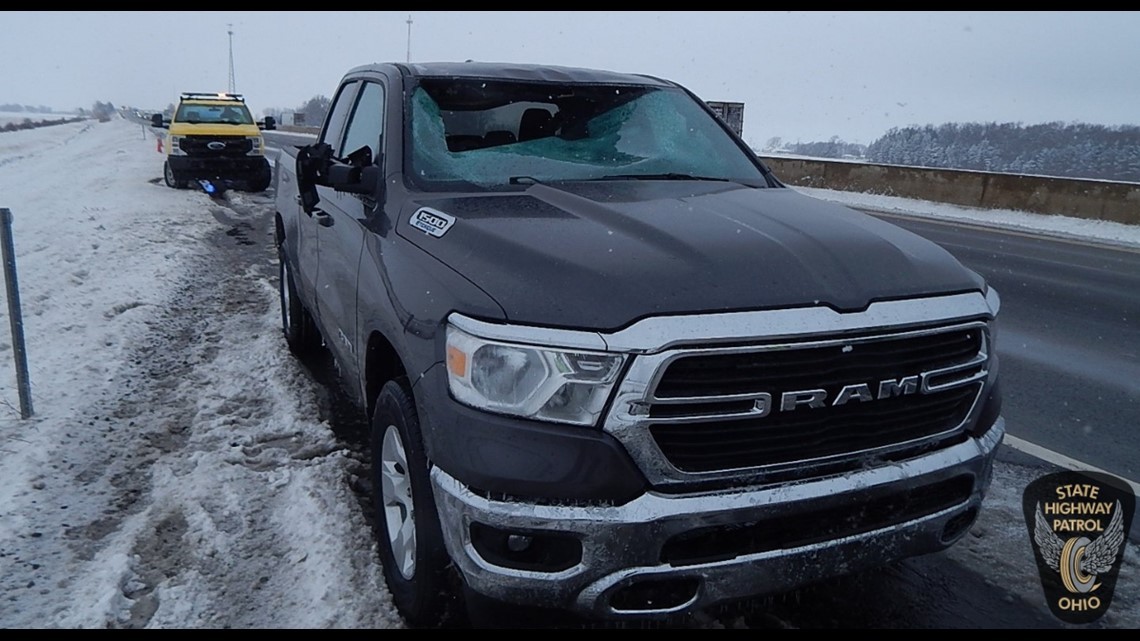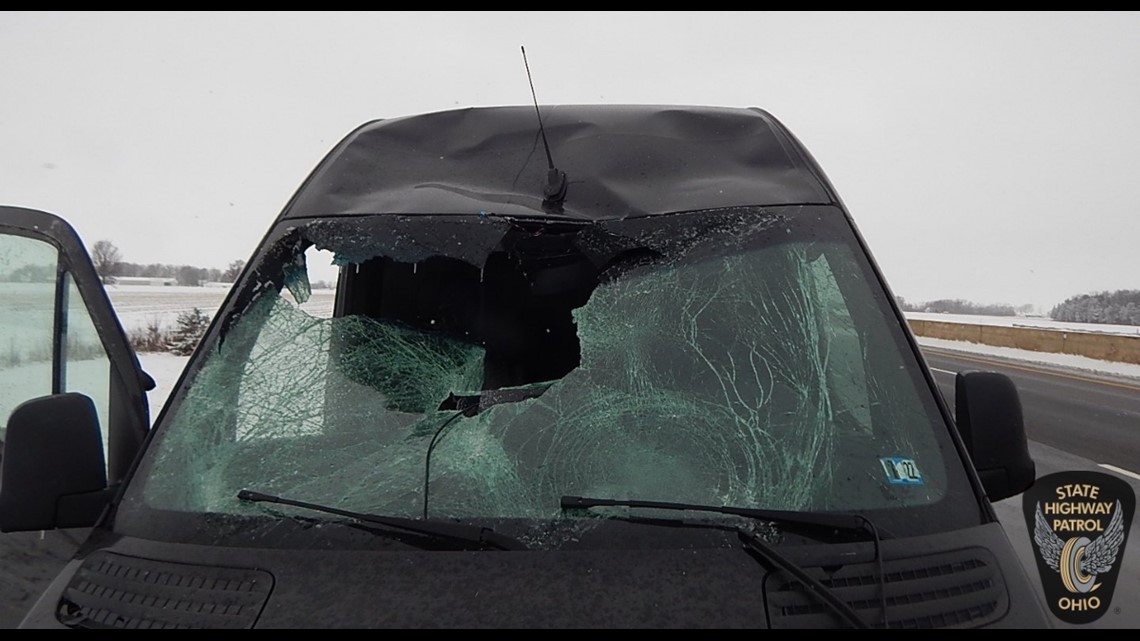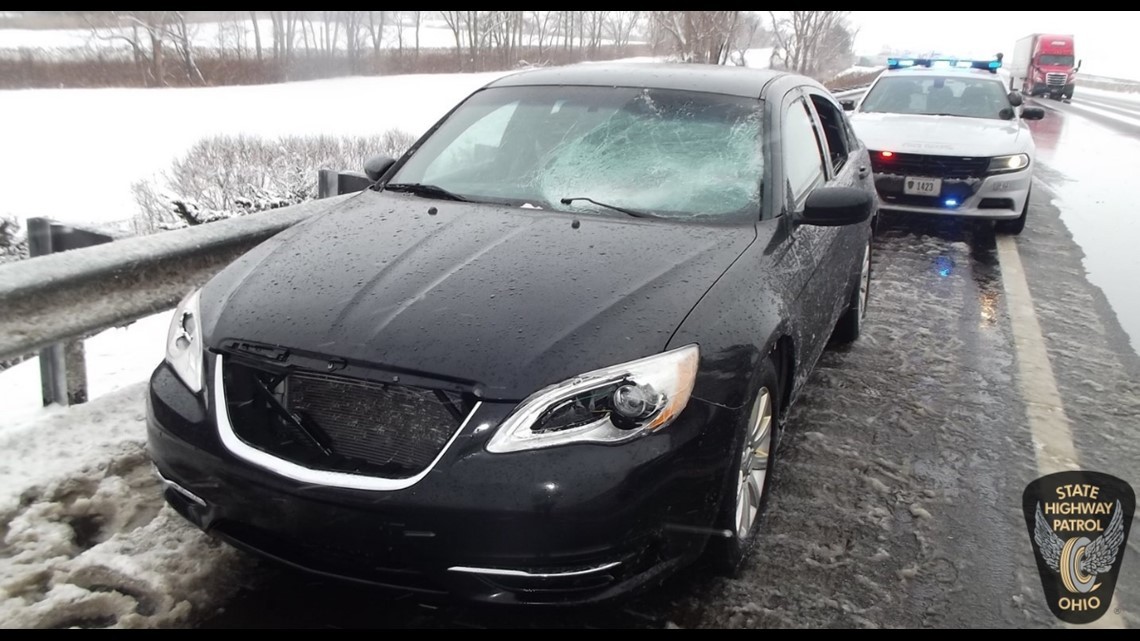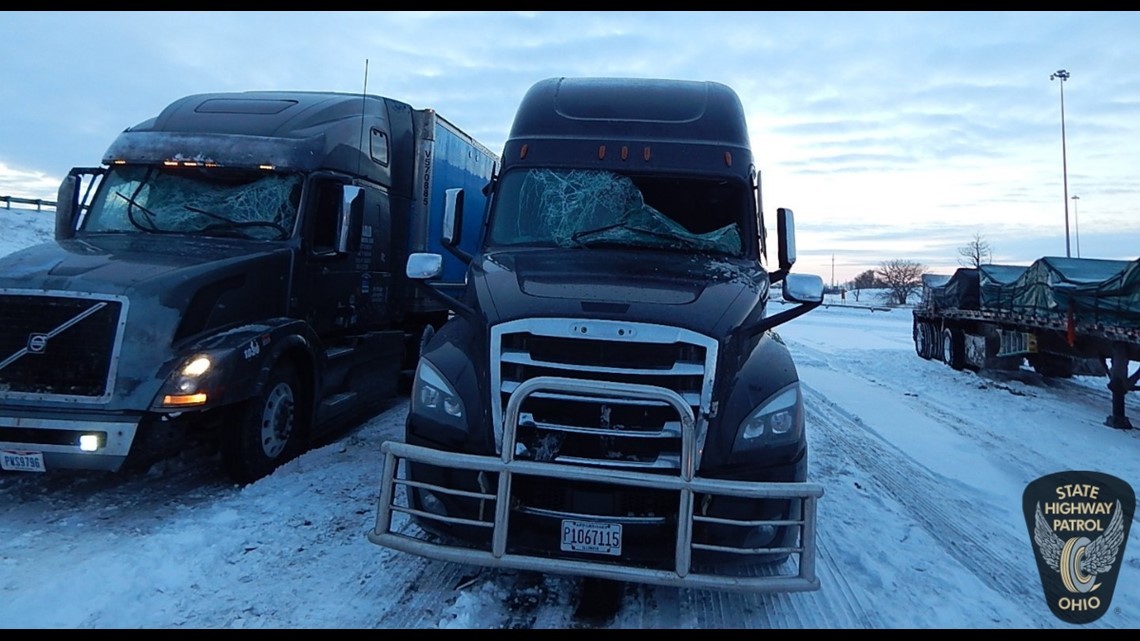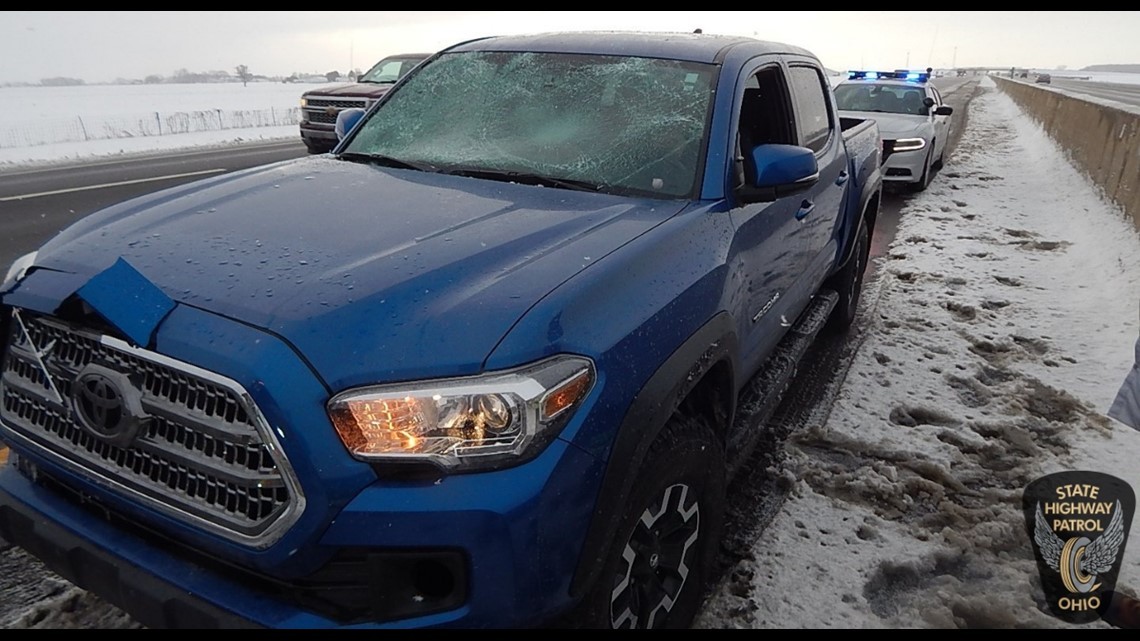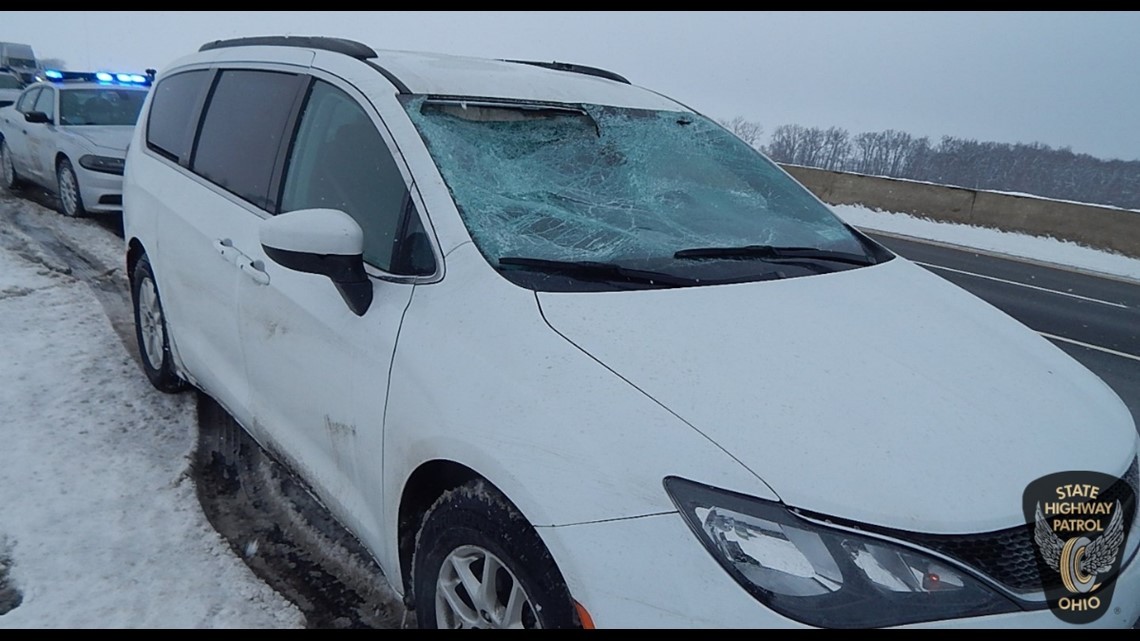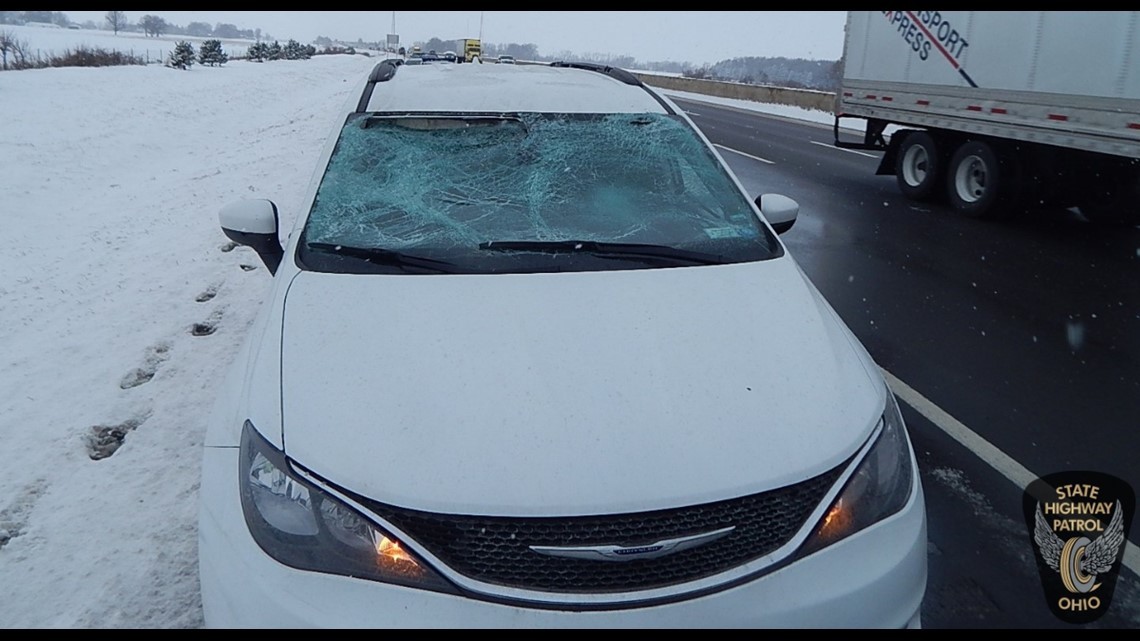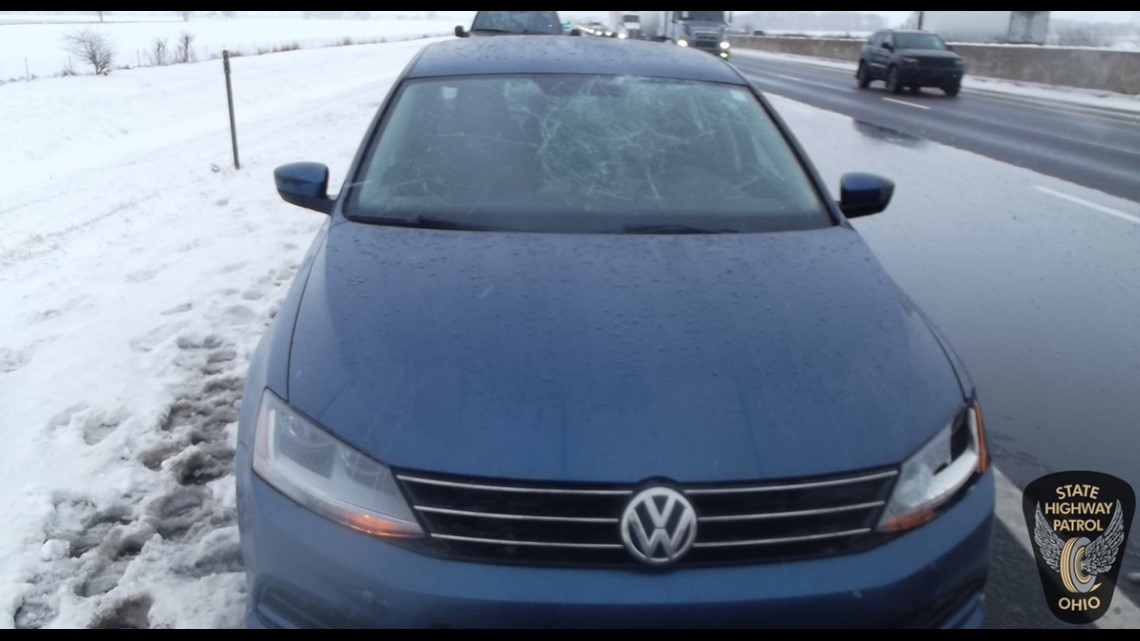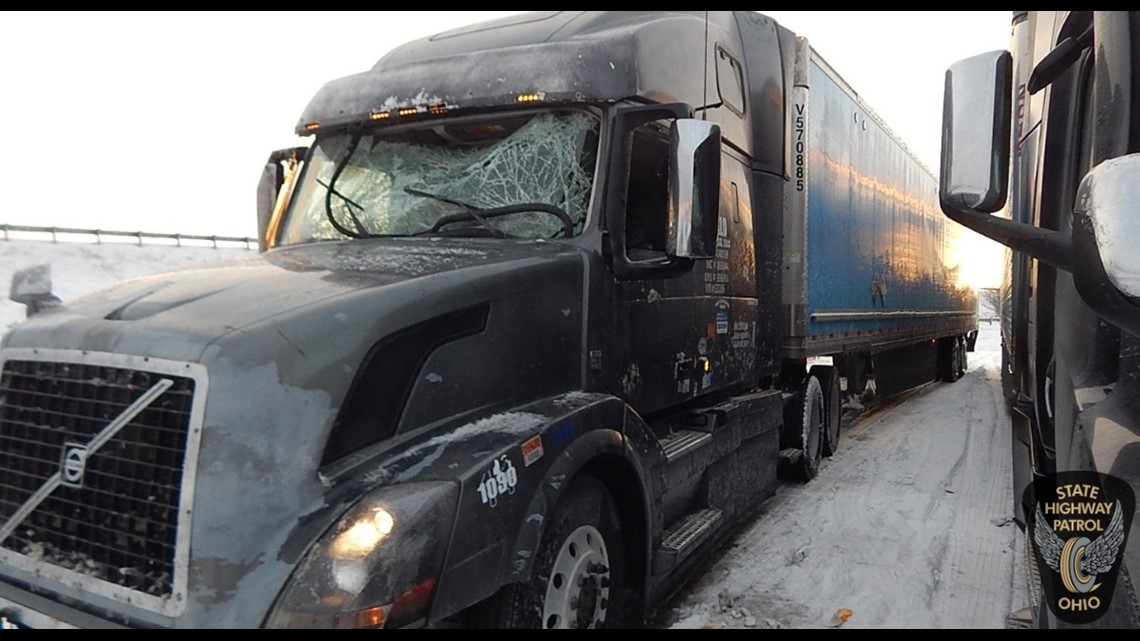Snow is a fact of life in Ohio, so it comes as little surprise that snowplows are a welcome sight for many drivers.
However, that wasn’t the case on Sunday as a snowplow on the Ohio Turnpike caused a wave of destruction.
As you can see in this dashcam video, a snowplow was traveling in the left lane and throwing snow and ice into oncoming traffic. This caught drivers off guard as there was nothing they could do to avoid being pelted by debris.
Also Read: New York Man Trapped Under 4 Feet Of Snow For Ten Hours After Snowplow Buries His Car
The executive director of the Ohio Turnpike and Infrastructure Commission, Ferzan Ahmed, acknowledged the incident on Monday: “Beginning near the 117 milepost, which is close to the State Route 250 interchange, the plow truck operator was throwing snow, ice and slush over the median divider wall onto oncoming traffic.” Ahmed added that “This appears to have occurred over a couple miles, resulting in damage to approximately 40 cars and trucks, caused accidents, and unfortunately injuries.”
That number has grown since Monday as WKYC reported on Wednesday that authorities now say at least 50 vehicles were damaged. The station also noted 12 people were hurt, but thankfully none of their injuries were life-threatening.
There’s no explanation for why the snowplow driver allegedly allowed the carnage to go on for miles, but Ahmed noted that the “employee was immediately removed from shift and sent for mandatory drug and alcohol testing” as is customary for any incident that results in an accident or injury. As of now, the employee is on administrative leave pending the outcome of an investigation.
While that’s little consolation to victims, they can file a property damage claim with the Ohio Turnpike. However, this isn’t exactly convenient as the organization wants a description of the damages incurred, a copy of their certificate of insurance with deductible, pictures or video of the damage, a repair invoice, and an Ohio State Highway Patrol Traffic Crash Report number.
Ahmed also told “affected customers” they should “contact their individual insurance companies to address vehicle damage and immediate transportation needs.”




